AMINOCAPROIC ACID HYDROCHLORIDE
Modify Date: 2025-08-25 17:50:30

AMINOCAPROIC ACID HYDROCHLORIDE structure
|
Common Name | AMINOCAPROIC ACID HYDROCHLORIDE | ||
|---|---|---|---|---|
| CAS Number | 4321-58-8 | Molecular Weight | 167.634 | |
| Density | N/A | Boiling Point | N/A | |
| Molecular Formula | C6H14ClNO2 | Melting Point | N/A | |
| MSDS | N/A | Flash Point | N/A | |
Use of AMINOCAPROIC ACID HYDROCHLORIDE6-Aminocaproic acid hydrochloride, a monoamino carboxylic acid, is a potent and orally active inhibitor of plasmin and plasminogen. 6-Aminocaproic acid is a potent antifibrinolytic agent. 6-Aminocaproic acid prevents clot lysis through the competitive binding of lysine residues on plasminogen, inhibiting plasmin formation and reducing fibrinolysis. 6-Aminocaproic acid can be used for the research of bleeding disorders[1][2]. |
| Name | 6-Aminohexanoic acid hydrochloride |
|---|---|
| Synonym | More Synonyms |
| Description | 6-Aminocaproic acid hydrochloride, a monoamino carboxylic acid, is a potent and orally active inhibitor of plasmin and plasminogen. 6-Aminocaproic acid is a potent antifibrinolytic agent. 6-Aminocaproic acid prevents clot lysis through the competitive binding of lysine residues on plasminogen, inhibiting plasmin formation and reducing fibrinolysis. 6-Aminocaproic acid can be used for the research of bleeding disorders[1][2]. |
|---|---|
| Related Catalog | |
| In Vitro | 6-Aminocaproic acid hydrochloride (20-180 μg/mL) inhibits fibrinolysis in plasma of Asian elephants, with an effective concentration of 61.5 μg/mL[2]. 6-Aminocaproic acid hydrochloride can be used as a hydrophobic linker to improve near-infrared fluorescence imaging and photothermal cancer therapy of PEGylated indocyanine green[4]. |
| In Vivo | 6-Aminocaproic acid hydrochloride (20-100 mg/kg; a single p.o.) inhibits fibrinolysis at all doses tested in dogs[3]. 6-Aminocaproic acid hydrochloride (20-100 mg/kg; a single p.o.) is rapidly absorbed (Tmax=1 h) and eliminated rapidly in dogs[3]. |
| References |
[1]. Griffin JD, et, al. Epsilon-aminocaproic acid (EACA). Semin Thromb Hemost. Summer 1978;5(1):27-40. |
| Molecular Formula | C6H14ClNO2 |
|---|---|
| Molecular Weight | 167.634 |
| Exact Mass | 167.071304 |
| PSA | 63.32000 |
| LogP | 2.09240 |
| InChIKey | AENOKLOQCCSDAZ-UHFFFAOYSA-N |
| SMILES | Cl.NCCCCCC(=O)O |
| HS Code | 2923900090 |
|---|
| Precursor 6 | |
|---|---|
| DownStream 6 | |
| HS Code | 2923900090 |
|---|---|
| Summary | 2923900090 other quaternary ammonium salts and hydroxides。Supervision conditions:None。VAT:17.0%。Tax rebate rate:9.0%。MFN tariff:6.5%。General tariff:30.0% |
| 6-Aminohexanoic acid hydrochloride (1:1) |
| 6-Aminohexanoic acid hydrochloride |
| Hexanoic acid, 6-amino-, hydrochloride (1:1) |
| 6-aminohexanoic acid,hydrochloride |
| Hexanoic acid, 6-amino-, hydrochloride |
| ε-Aminocaproic acid hydrochloride |
| AMINOCAPROIC ACID HYDROCHLORIDE |
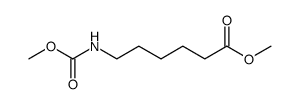

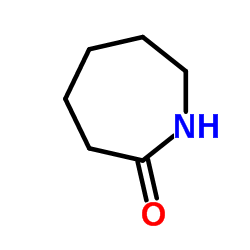
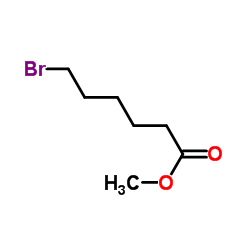
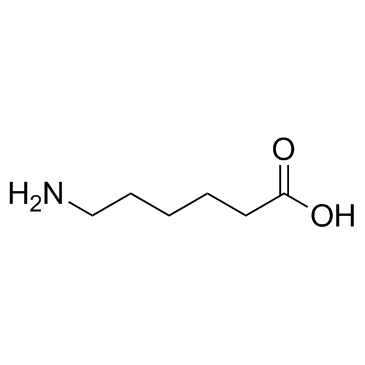
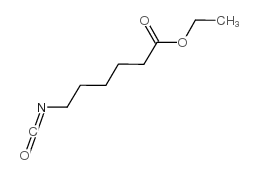
 CAS#:372-52-1
CAS#:372-52-1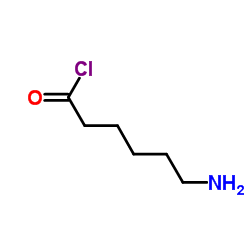 CAS#:66678-88-4
CAS#:66678-88-4 CAS#:4649-06-3
CAS#:4649-06-3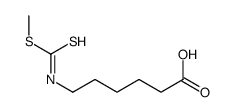 CAS#:61635-28-7
CAS#:61635-28-7 CAS#:39874-56-1
CAS#:39874-56-1